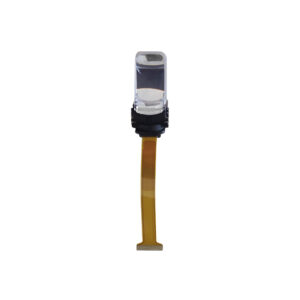
Le grandi cose nel mondo degli affari non sono mai fatte da una sola persona. Sono fatte da un team di persone. Abbiamo quel gruppo dinamico di persone
This article dives deep into the world of 0.96 inch Schermo OLED modules, specifically focusing on the 128×64 resolution variant that communicates via the I2C interface. We’ll explore its features, capabilities, and address the question that’s been circulating among enthusiasts and developers: what’s the actual frequenza di aggiornamento of these compact displays? This article is worth reading because it provides a comprehensive overview of a popular modulo di visualizzazione, shedding light on technical details that are often overlooked. Whether you’re a hobbyist working on a DIY project, a developer integrating displays into a product, or simply an OLED technology enthusiast, this article will equip you with a thorough understanding of the 0.96 inch 128×64 I2C OLED display module.
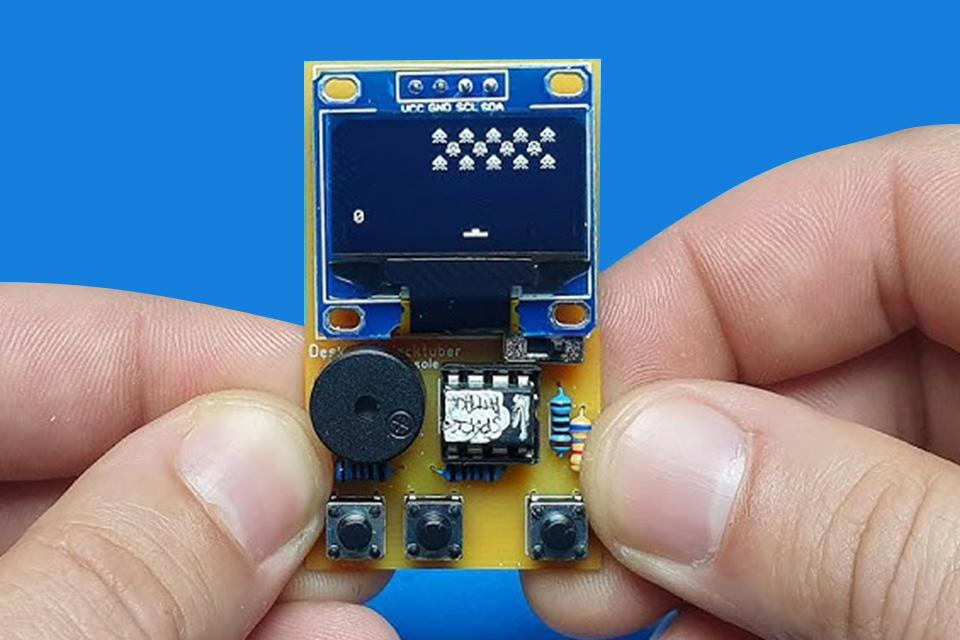
OLED stands for Organic Light-Emitting Diode. Unlike traditional LCD displays that rely on a retroilluminazione per illuminare il pixel, OLED displays are self-luminous. This means each pixel in un OLED schermo generates its own light. This fundamental difference leads to several advantages of OLED over LCD. One of the most significant is the ability to achieve true blacks. When an OLED pixel is turned off, it emits no light, resulting in perfect black levels. This leads to an infinite contrast ratio, providing stunning visuals with vibrant colors and exceptional image depth.
Schermo LCD technology, on the other hand, relies on a backlight that shines through a layer of liquid crystals. These crystals modulate the light to create the image. However, even when displaying black, some light from the backlight still leaks through, resulting in a grayish appearance rather than true black. Compared to LCD, OLED technology offers a wider viewing angle range, thinner pannello construction, and faster response speed. For instance, ASUS has introduced 27-inch OLED gaming displays that offer a superior visual experience thanks to these inherent advantages of the technology, demonstrating that OLED display makes a significant difference in high-performance applications.
IL 0.96 inch OLED display offers a compact yet effective solution for various applications. Its small size makes it ideal for wearable devices, small gadgets, and projects where space is a premium. Despite its small size, this inch display provides a clear and sharp visual output, making it suitable for displaying essential information or graphics. It’s ampiamente utilizzato in development boards like Arduino E ESP32, allowing hobbyists, students, and engineers to create a wide range of innovative projects.
IL 0.96 inch size of the OLED modulo di visualizzazione finds a sweet spot between visibility and compactness. It is large enough to display a reasonable amount of information while remaining small enough to integrate seamlessly into various devices. Moreover, the OLED technology ensures excellent visibility even under bright lighting conditions, thanks to its high luminosità and self-luminous nature. This makes the 0.96 inch OLED display a versatile choice for both indoor and outdoor applications. The Schermo OLED‘s ability to emettere its own light also contributes to its basso consumo energetico, making it an excellent choice for battery-powered devices.
IL I2C (Inter-Integrated Circuit) interfaccia is a serial communication protocol widely used for connecting low-speed peripherals to microcontrollers. It uses only two wires: SDA (Serial Data) and SCL (Serial Clock). This simplicity makes it easy to implement and requires minimal hardware resources. The I2C bus is compatible with a master/slave architecture. In the world of OLED displays, the I2C OLED displays typically act as slaves, receiving commands and data from a master device like an Arduino O ESP32.
I2C communication allows for efficient control of the OLED display using a minimal number of pins. The master device sends commands to the display‘s controllore chip, come il SSD1306, to set the pixel, control luminosità, and manage other display parameters. The use of I2C simplifies the wiring and reduces the complexity of the interfaccia, making it a popular choice for Moduli display OLED. For example, manufacturers and suppliers often provide libraries and code examples specifically designed for I2C pins, making it easier for developers to integrate these displays into their projects and also verify its function.
IL 128×64 risoluzione si riferisce al numero di pixel sul display. In this case, the OLED display ha 128 pixel orizzontalmente e 64 pixel vertically, totaling 8,192 pixel. IL risoluzione directly impacts the sharpness and detail of the displayed image or text. Higher risoluzione significa di più pixel packed into the same area, resulting in a sharper and more detailed image. The Schermo 128×64 resolution is common in small OLED modules like the 0.96 inch variant.
Mentre 128×64 might seem low compared to high-resolution smartphone displays, it’s perfectly adequate for displaying simple graphics, text, and icons on a small schermo. IL risoluzione del OLED 128×64 module is sufficient for many applications, such as displaying sensor readings, status updates, or simple menus. The limited number of pixel also means less data needs to be processed and transmitted, contributing to faster rinfrescare rates and lower consumo di energia of these displays.
| Caratteristica | 0.96 Inch OLED Display Module |
|---|---|
| Risoluzione | 128×64 |
| Interfaccia | I2C |
| Controller Chip | SSD1306 (commonly) |
| Colore | Monochrome (typically blue or white) |
| Angolo di visione | Largo |
IL frequenza di aggiornamento di un display refers to the number of times the image on the schermo is updated per second, measured in Hz. A higher frequenza di aggiornamento generally results in smoother motion and reduced motion blur. However, the frequenza di aggiornamento of small OLED modules like the 0.96 pollice 128×64 I2C variant is often not explicitly stated in datasheets, leading to some confusion among users.
Unlike gaming monitors, where the frequenza di aggiornamento is a key selling point, the frequenza di aggiornamento of these small OLED modules is primarily determined by the speed of the I2C communication and the controllore‘s ability to update the display‘s internal Memoria RAMMentre il SSD1306 controllore can theoretically support relatively high rinfrescare rates, the actual achievable rate in a real-world application depends on factors such as the microcontroller’s speed, the I2C bus speed, and the complexity of the displayed content. While it’s difficult to pinpoint an exact number, the general consensus among the community is that these displays can achieve a frequenza di aggiornamento sufficient for displaying dynamic content without noticeable flicker or lag in most use cases, though dedicated tests might be needed to determine the precise value for a particular setup.
While the 0.96 inch OLED display might not be suitable for immersive, high-resolution gioco d'azzardo experiences like those provided by dedicated OLED gioco d'azzardo monitorare, it can still be used for simple, retro-style games or to display game-related information. The fast response speed Di OLED technology ensures minimal motion blur, providing a smooth visual experience for fast-paced action, even on this small schermo.
The compact size and bassa potenza nature of the 0.96 pollice OLED display makes it a good fit for handheld gaming devices or for displaying secondary game information, such as scores, health bars, or mini-maps. The 128×64 risoluzione is well-suited for pixel art graphics commonly found in retro games, and gamers can leverage the OLED‘s vibrant colors to create visually appealing game interfaces. With some creativity, developers can design engaging games specifically tailored for this small OLED modulo di visualizzazione, taking advantage of its unique characteristics.

Connecting an Modulo display OLED to a microcontroller like an Arduino or an ESP32 is relatively straightforward, thanks to the I2C interfaccia. Maggior parte 0.96 pollice OLED modules come with four pins: VCC (power), GND (ground), SCL (Serial Clock), and SDA (Serial Data). To connect it to an Arduino Uno, for instance, you would connect VCC to the Arduino’s 5V or 3.3V pin, GND to GND, SCL to the Arduino’s A5 pin (SCL), and SDA to the Arduino’s A4 pin (SDA).
Per il ESP32, the process is similar. You would connect the OLED module’s VCC to the ESP32’s 3.3V pin, GND to GND, and then identify the ESP32‘s I2C pins. These pins can vary depending on the specific ESP32 development board you are using, so it’s essential to consult the board’s documentation. Once the hardware connections are made, you can use libraries like Adafruit’s SSD1306 library or the U8g2 library to control the Schermo OLED from your Arduino O ESP32 code. These libraries provide functions for drawing pixel, text, and shapes on the display, making it easy to create custom graphics and interfaces. Here you can also find some contact information, as well as their privacy policy.
| Microcontroller | OLED VCC | OLED GND | OLED SCL | OLED SDA |
|---|---|---|---|---|
| Arduino Uno | 5V/3.3V | Terra | A5 | A4 |
| ESP32 | 3,3 V | Terra | (Varies) | (Varies) |
Uno dei principali vantaggi di OLED technology is its relatively basso consumo energetico rispetto a LCD displays. This is because OLED pixels only consume power when they are emitting light. When displaying black, an OLED pixel is essentially turned off, consuming minimal power. The 0.96 inch OLED display modules are particularly power-efficient due to their small size and limited number of pixel.
The actual consumo di energia of an Modulo display OLED dipende da diversi fattori, tra cui il luminosità impostazione, il numero di pixel that are lit, and the color being displayed. White pixel generally consume more power than other colors. For example, using OLED’s black background with white text can significantly reduce consumo di energia. It’s essential to consider these factors when designing battery-powered devices that use OLED displays to optimize battery life. In many cases, you can further reduce consumo di energia by dimming the display or turning it off completely when not in use. The SSD1306 controllore also provides commands for controlling the display‘s power-saving modes.
Pricing per 0.96 inch OLED display modules can vary depending on the produttore, the specific features, and the quantity ordered. You can find these modules on various online electronics retailers, including specialized suppliers of display modules, electronic components distributors, and general online marketplaces. When searching for pricing, it’s helpful to use specific keywords like “0.96 inch OLED display,” “128×64 OLED,” “I2C OLED,” and “SSD1306” to narrow down the results.
Scegliere il giusto OLED display modulo involves considering factors beyond just pricing. You should also consider the color options (monochrome displays are typically blue or white), the operating voltage (some modules are designed for 3.3V while others can handle 5V), and the operating temperature range. Additionally, check for the availability of technical documentation, sample code, and community support. Reading reviews from other users can also provide valuable insights into the quality and reliability of a particular OLED module. And don’t forget to contattaci if you have any questions.
IL OLED display market is constantly evolving, with ongoing research and development pushing the boundaries of the technology. We can expect to see improvements in OLED manufacturing processes, leading to lower production costs and potentially lower prices for consumers. There’s also a trend towards larger, higher-risoluzione OLED panels, as evidenced by the increasing popularity of OLED TVs and the emergence of OLED gioco d'azzardo monitors.
In the realm of OLED gaming monitor, we can anticipate further advancements in rinfrescare rates, response times, and color gamut. The inherent advantages of OLED, such as infinite contrast and near-instantaneous pixel response, make it an ideal technology for gioco d'azzardo. As the technology matures and becomes more affordable, we’re likely to see a wider adoption of OLED displays in the gaming market, potentially even surpassing LCD as the preferred choice for enthusiast gamers. The development of flexible and foldable OLED displays opens up exciting possibilities for new form factors and innovative gaming device designs. We may see più sottile, lighter, and more portable gaming devices, thanks to the flexibility of OLED technology. Some expert claims that this may happen in 2024.

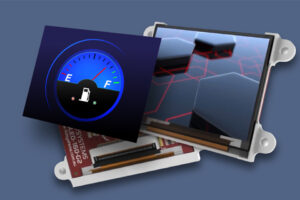
I moduli display AMOLED stanno rapidamente diventando il punto di riferimento nella tecnologia visiva, offrendo una qualità delle immagini senza pari, colori vivaci e un'efficienza energetica eccezionale.
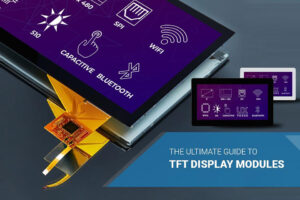
Questo articolo è la tua guida completa per comprendere e orientarti nel mondo della sostituzione dei moduli display LCD.
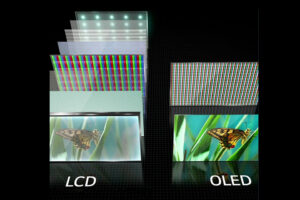
Gli LCD, o display a cristalli liquidi, sono diventati onnipresenti nell'era digitale e fungono da interfaccia visiva per innumerevoli dispositivi.

This article dives into the fascinating realm of small OLED displays, exploring their unique characteristics, applications, and the technology that makes them possible.

Sei confuso da tutte le diverse tecnologie di visualizzazione in circolazione? Da LCD a OLED, e ancora oltre, ad AMOLED e Super AMOLED, le scelte possono essere schiaccianti.
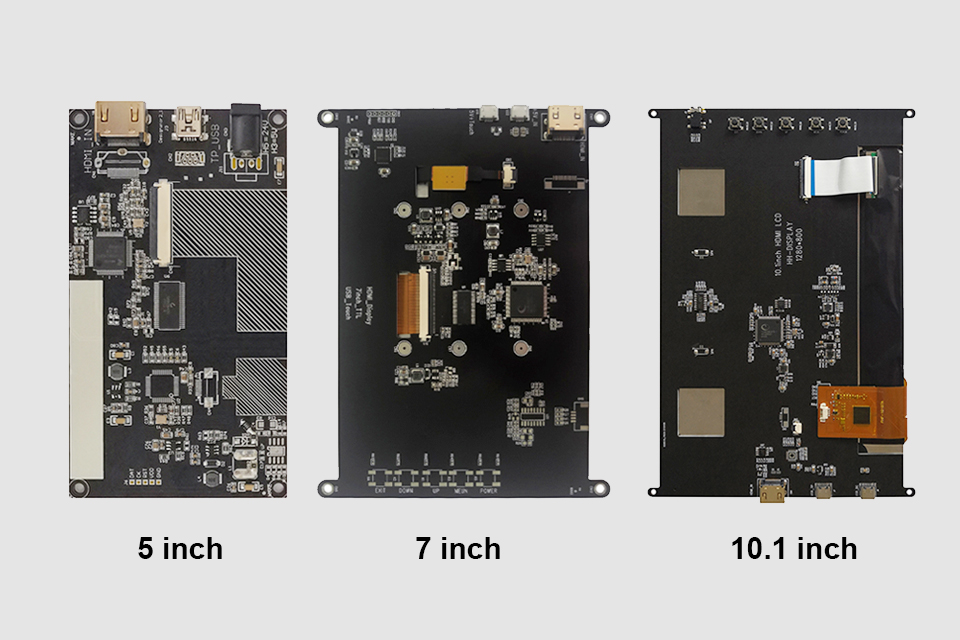
This article explores how to connect an LCD screen to a Raspberry Pi using an HDMI driver board, essentially turning your single-board computer into a miniature HDMI monitor.

This article dives into the exciting world of augmented reality (ar) lenses, specifically focusing on the development and potential of an interchangeable lens system for ar glasses.

This article dives deep into the lifespan and durability of OLED (Organic Light Emitting Diode) displays compared to LCD (Liquid Crystal Display) screens.

@ 2025 display-module. Tutti i diritti riservati.
Compila il modulo sottostante e ti contatteremo al più presto.